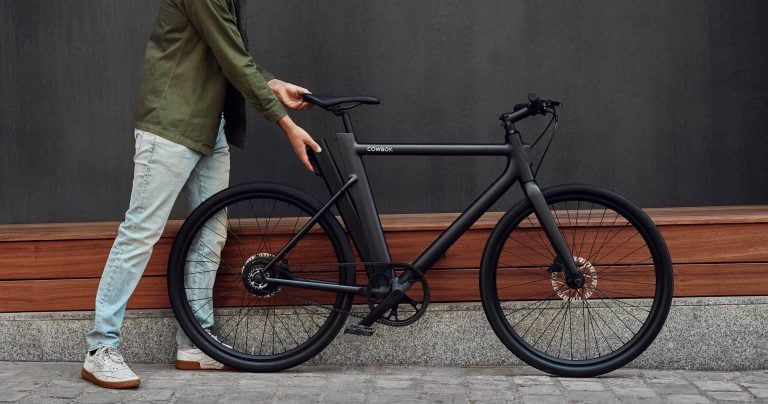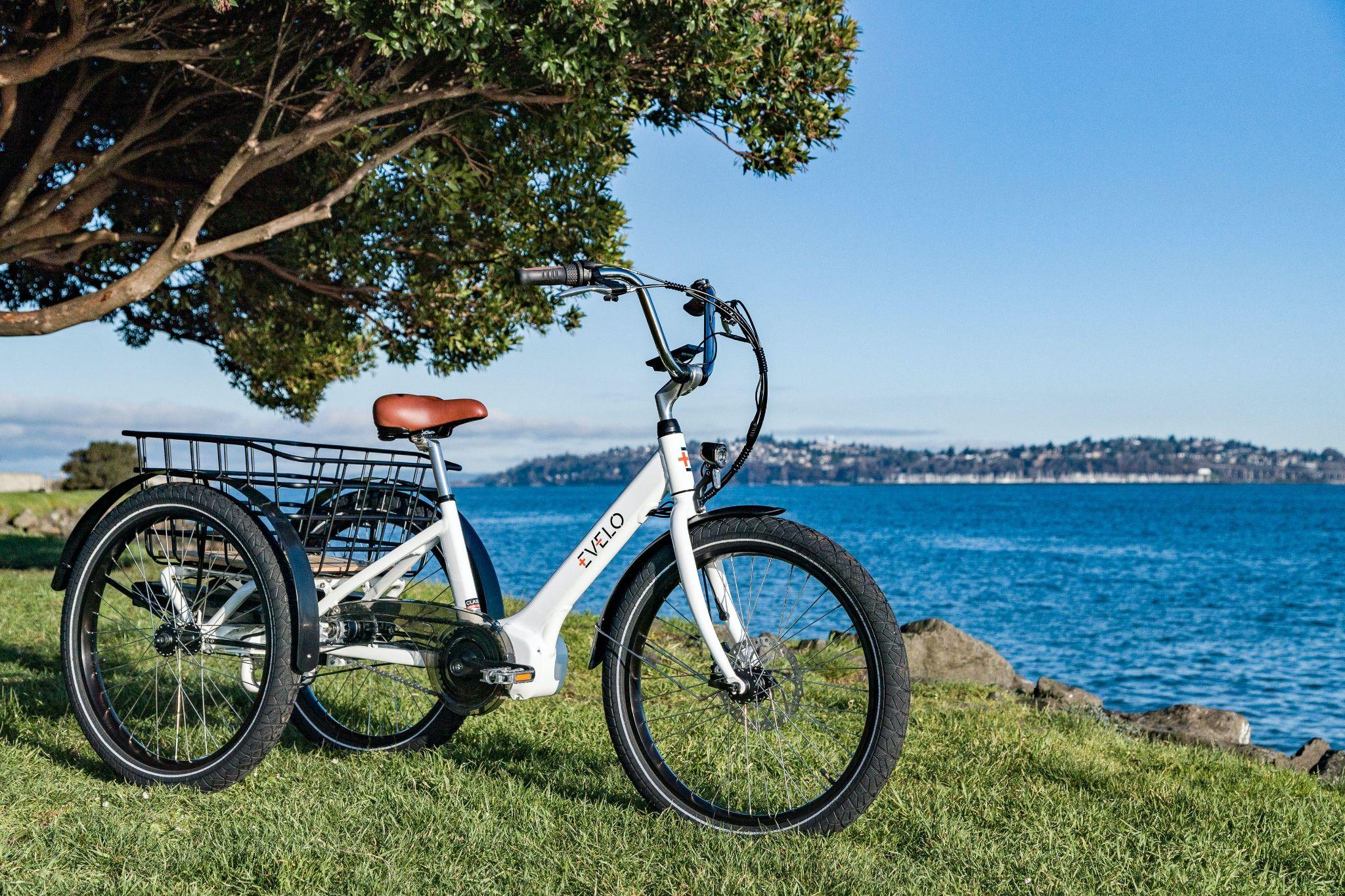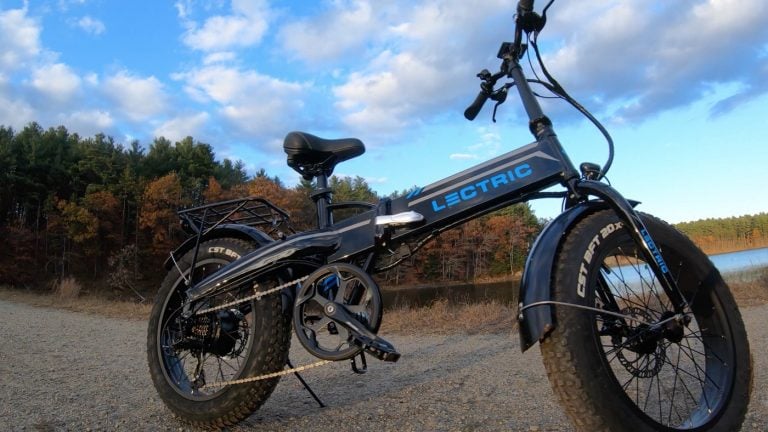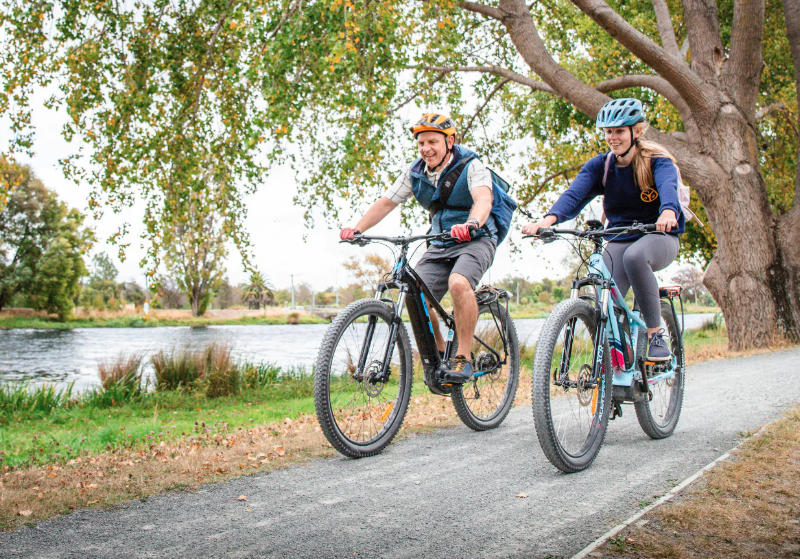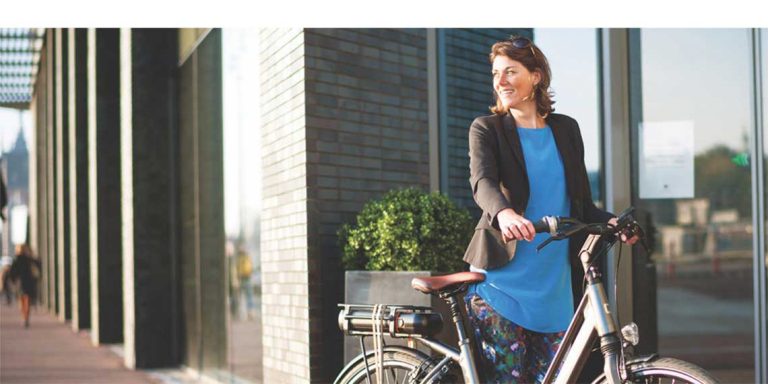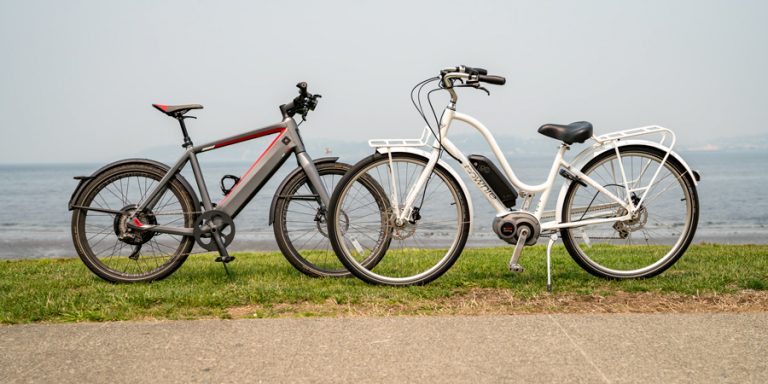Throttle vs. Pedal Assist: Choosing the Perfect Electric Bike for Your Ride
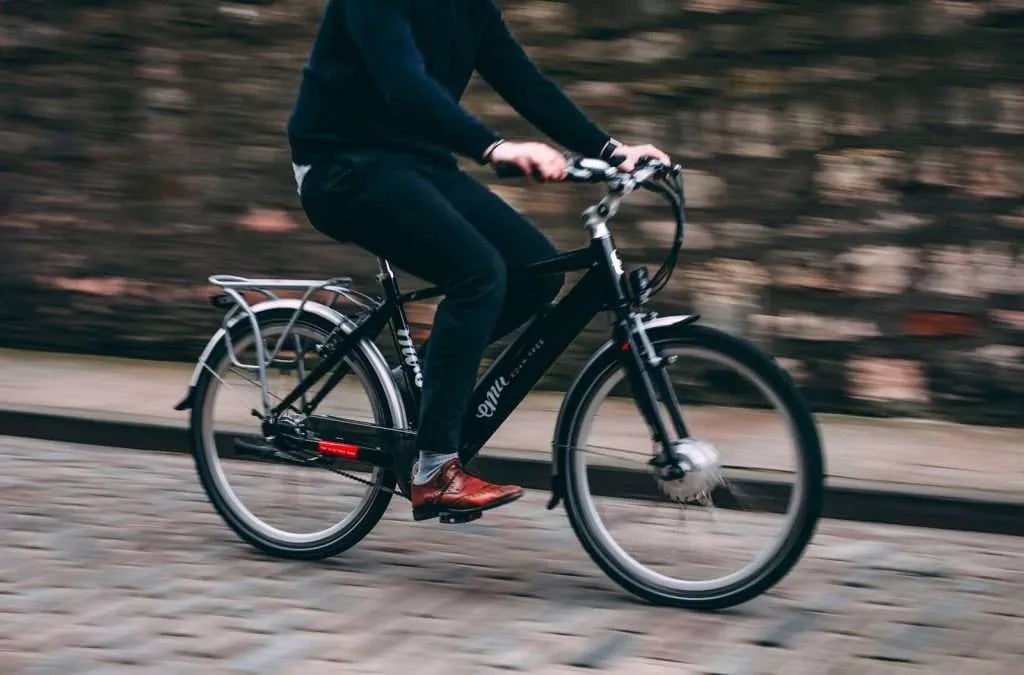
Table of Contents
Electric bikes (e-bikes) have revolutionized the way we commute and enjoy recreational rides. Whether you’re looking to save on fuel costs, reduce your carbon footprint, or simply enjoy an effortless ride, e-bikes offer a versatile solution. In this article, we’ll explore the two main types of e-bike assistance—throttle and pedal assist—to help you determine which is best suited for your needs.
Understanding Electric Bike Assistance
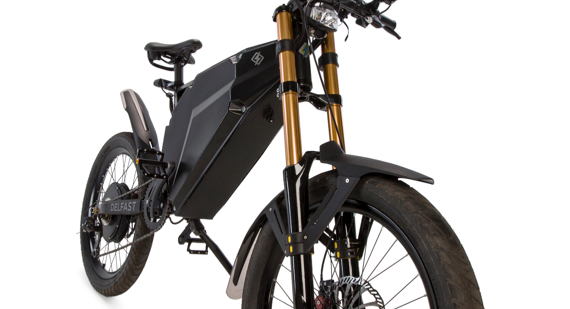
Throttle Assist
How It Works:
Throttle assist e-bikes engage the motor when you twist a throttle, similar to a scooter or motorcycle.
Pros:
- Instant Power: Provides immediate power without the need to pedal.
- Quick Acceleration: Ideal for rapid starts, especially useful in stop-and-go traffic.
- Effortless Riding: Great for riders who prefer minimal physical exertion.
Cons:
- Battery Drain: Tends to consume more battery, reducing the range.
- Limited Workout: Offers less physical exercise compared to pedal assist.
Pedal Assist
How It Works:
Pedal assist e-bikes activate the motor as you pedal, providing varying levels of assistance based on your input.
Pros:
- Natural Experience: Mimics traditional biking with added assistance, making the ride feel more natural.
- Battery Efficiency: Generally extends battery life due to more efficient energy use.
- Fitness Benefits: Encourages physical activity, contributing to better cardiovascular health.
Cons:
- Consistent Pedalling Required: May not be suitable for riders looking for a completely effortless ride.
Benefits of Each System
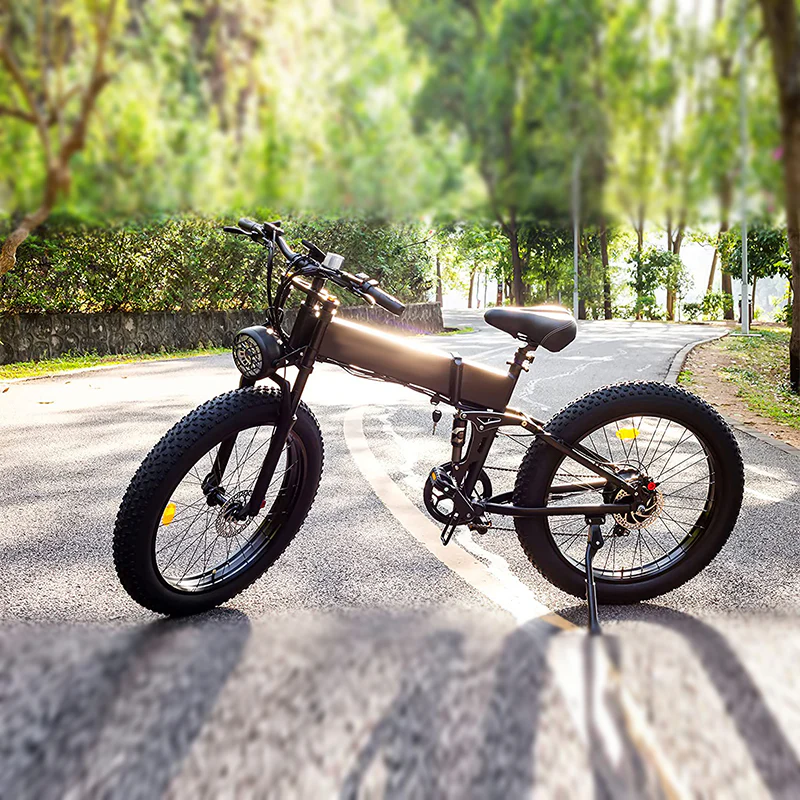
Throttle Assist Benefits
- Ease of Use: Simple to operate, making it perfect for beginners.
- Convenience: Ideal for urban commuting with quick starts and stops.
- Comfort: Reduces strain on joints, beneficial for riders with physical limitations.
Pedal Assist Benefits
- Fitness: Promotes regular exercise, enhancing overall fitness.
- Range: Typically offers a longer range per charge due to efficient battery use.
- Versatility: Suitable for various riding styles and terrains, from leisurely rides to challenging climbs.
Choosing the Right E-Bike for You
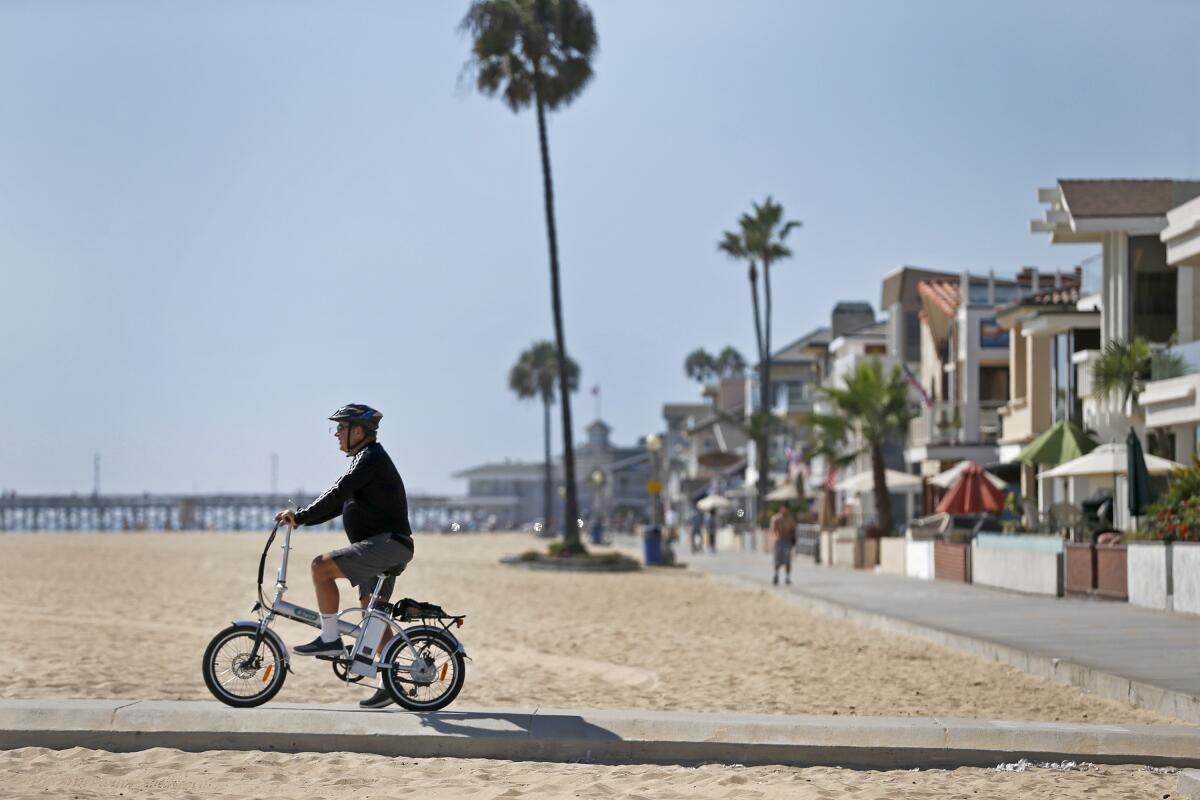
Assess Your Needs
- Commuting: Throttle assist is advantageous for navigating city traffic with frequent stops.
- Fitness: Pedal assist is ideal if you want to integrate exercise into your routine.
- Terrain: Consider the type of terrain you’ll encounter to determine the suitable assist type.
Evaluate Features
- Battery Life: Compare the battery capacities and expected ranges of different models.
- Motor Power: Look for a balance between power and efficiency based on your riding needs.
- Additional Features: Assess other important features like bike weight, frame design, and comfort.
Maintenance Tips for E-Bikes
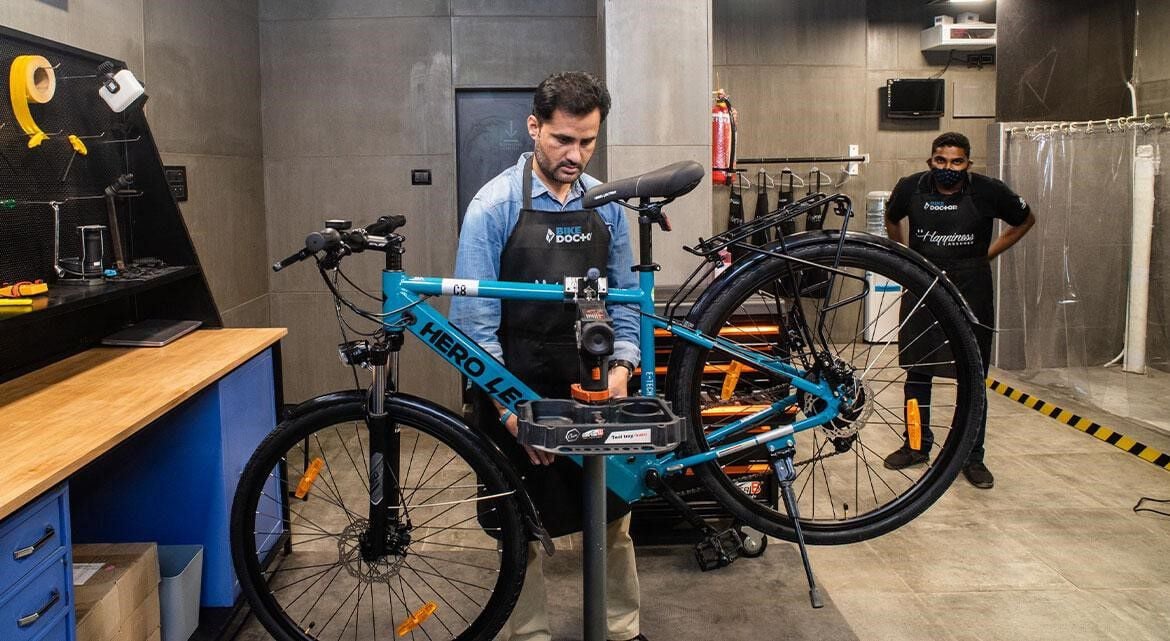
Regular Checks
- Battery Care: Keep the battery charged and avoid letting it fully discharge.
- Tire Pressure: Maintain proper tire pressure for optimal performance and safety.
- Brake Inspection: Regularly check and adjust brakes to ensure they function correctly.
Cleaning and Storage
- Cleaning: Regularly clean your e-bike to prevent dirt build-up and protect components.
- Storage: Store your e-bike in a dry place to protect the electrical components from moisture damage.
Professional Servicing
- Annual Check-up: Schedule an annual service with a professional to ensure your e-bike remains in top condition.
Conclusion
Choosing between throttle and pedal assist depends on your individual riding needs and preferences. Both offer unique advantages that can enhance your biking experience. Ready to find your perfect e-bike? Explore the range of electric bikes at E-Bikes Direct and start your journey towards a greener, healthier lifestyle today!

